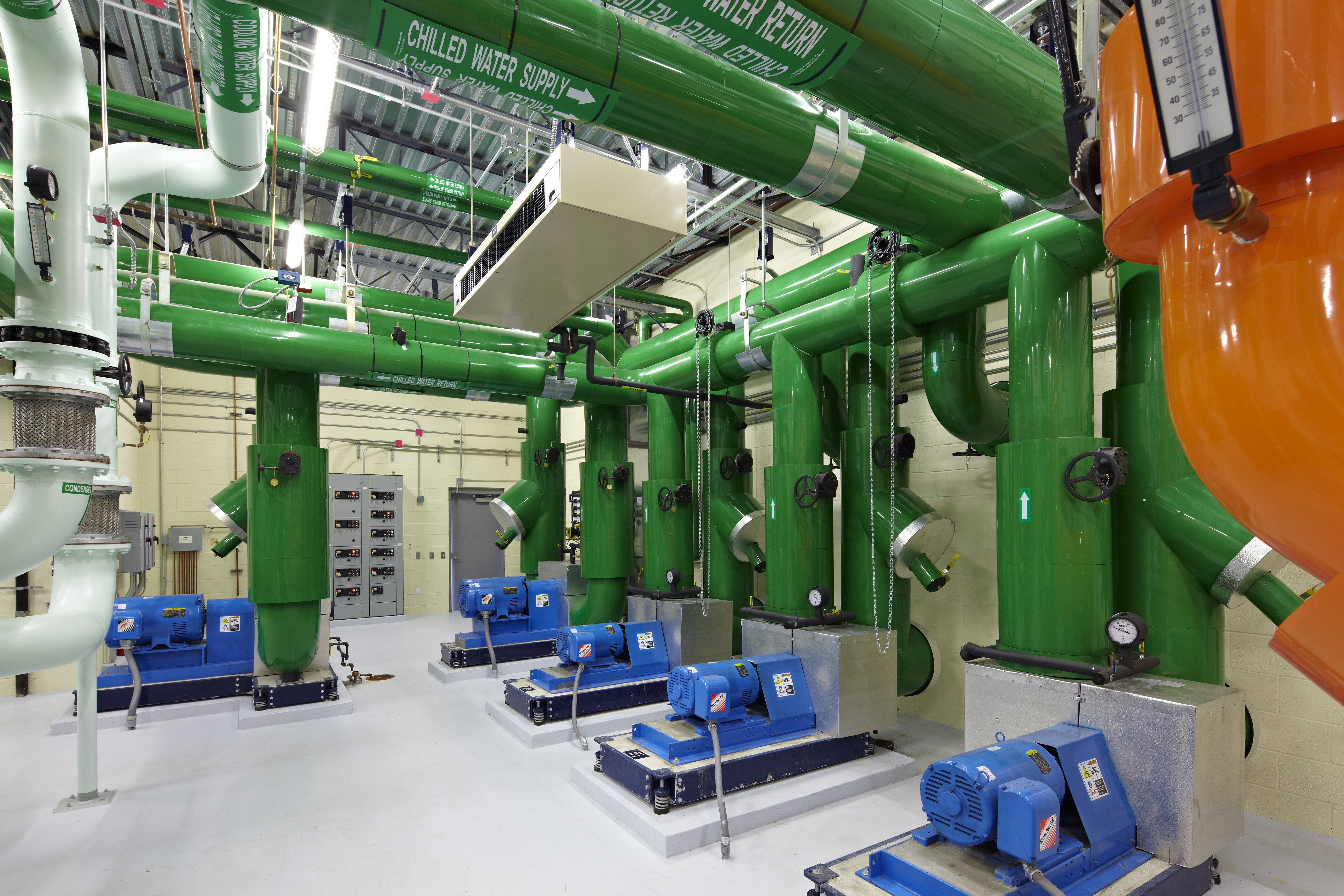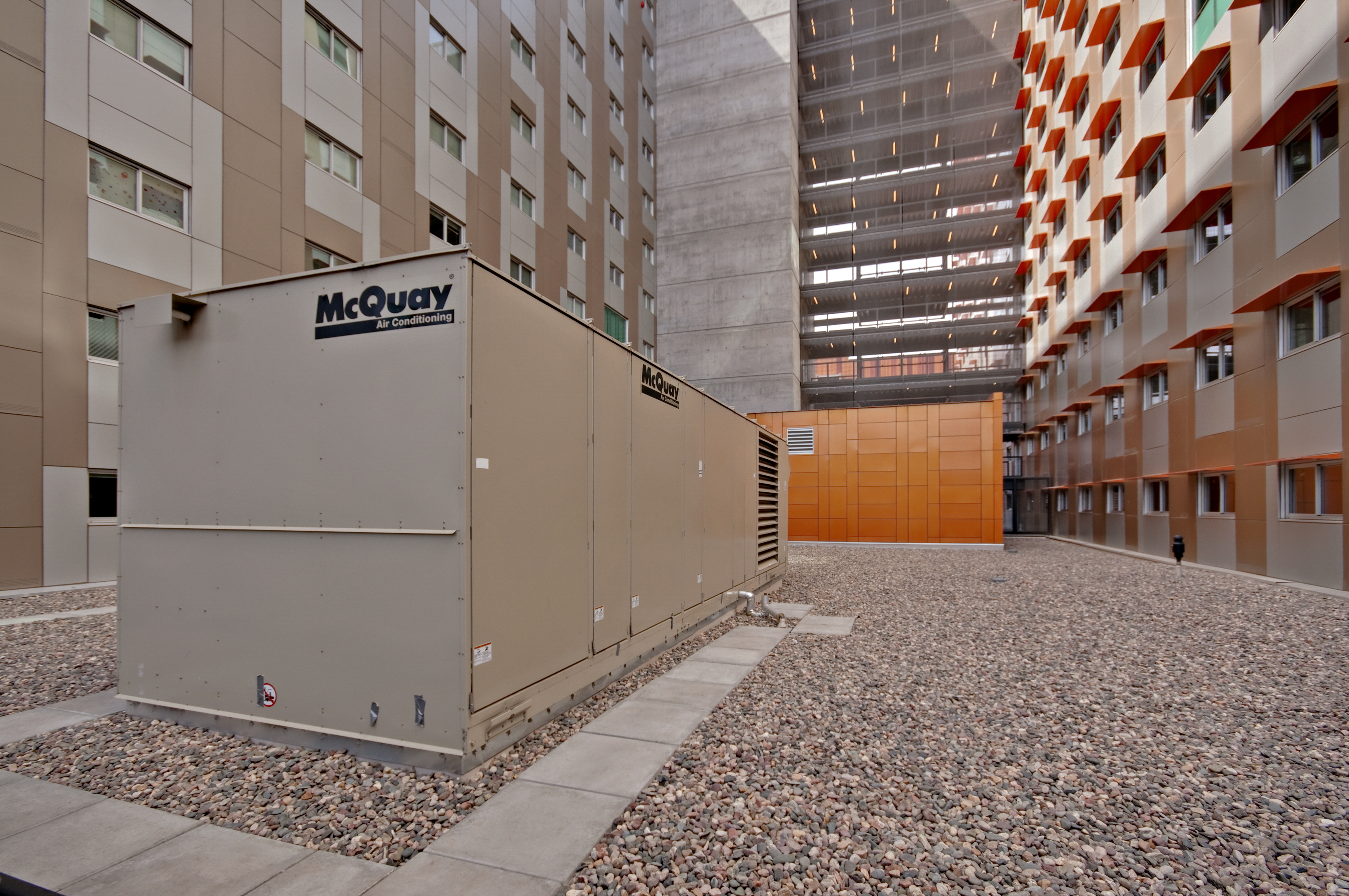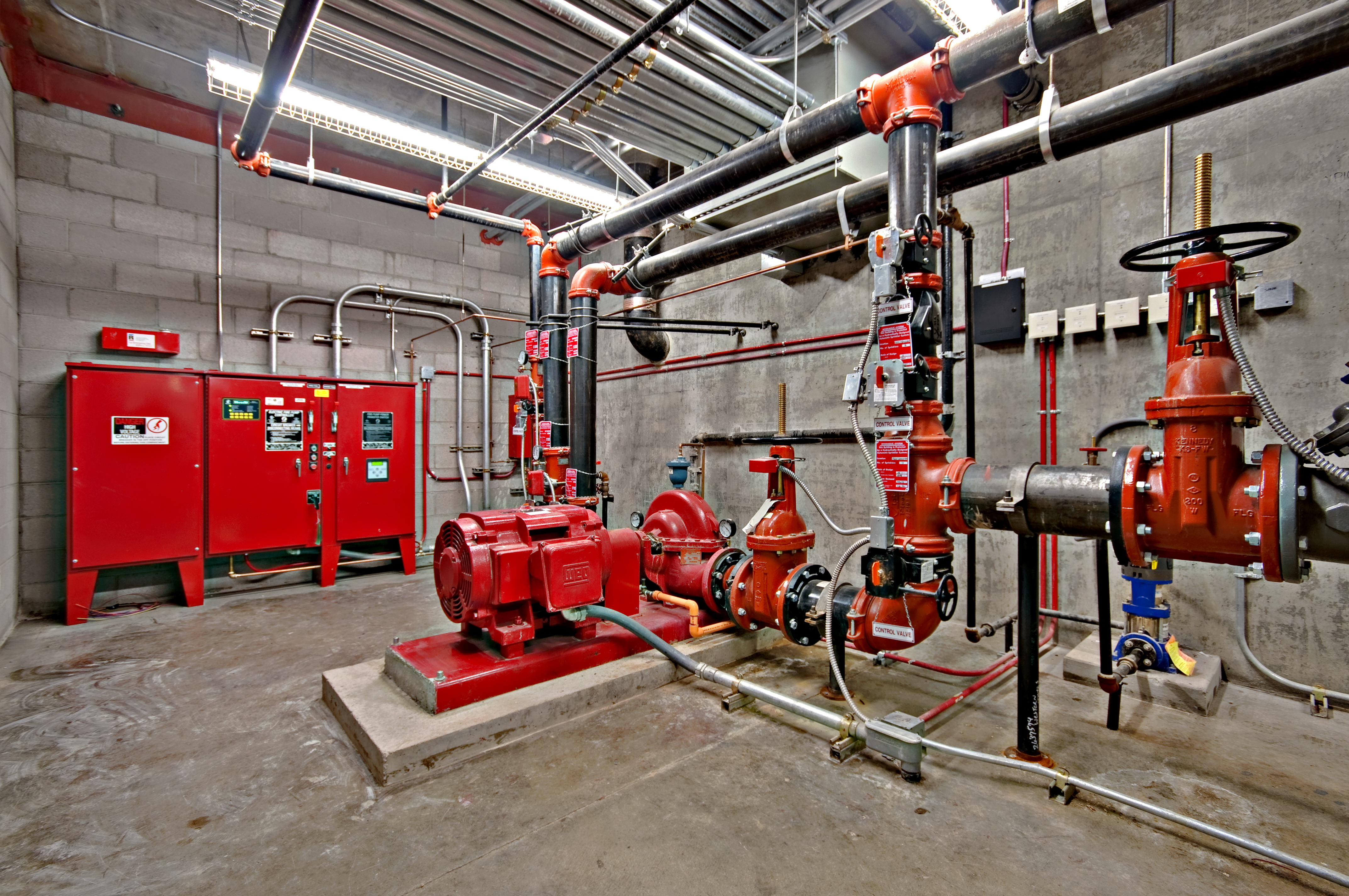By Dr. Matthew Brown, president, Capstone Management Partners, and Robert Brown, Vice President of Asset Management, Capstone Development Partners. Full bios below. Header image of M@College at San Diego State University; photo credit to Chipper Hatter.
One of the many advantages for colleges and universities, when considering the use of Public-Private Partnerships “P3s” for new on-campus residence hall facilities, is the opportunity to transfer the risk and responsibility of long-term repair and replacement of major building systems and physical assets to the development partner. More than ever before, institutions are challenged with the need to address growing deferred maintenance priorities with highly constrained funding sources. As a result, residence halls must compete with university-wide capital renewal needs, which often leads to outdated residential facilities, dissatisfied students, and the potential for catastrophic building system failures. For these reasons, the potential to transfer this risk to a development partner through a P3 should be more compelling than ever. However, the process of capital renewal planning and the execution of that plan under a P3-delivered project is often not well-understood by college and university leaders.
In an effort to offer some insight, we begin with the purpose of capital renewal planning, which is to maximize the useful life of a facility, reduce operating costs, improve project marketability and promote a positive student experience. In the P3 model, these benefits are delivered through the implementation of a multi-year plan that details building systems and components the developer is responsible for repairing and/or replacing over the negotiated ground lease term. This plan’s effectiveness is then assessed annually and updated based on actual facility performance. Through this article, we seek to offer further insight regarding the four critical elements of a successful P3 capital renewal strategy which include: (1) Establishing an initial plan, (2) Conducting annual reviews, (3) Mitigating potential shortfalls, and (4) Maintaining stakeholder communication.

Establishing an initial capital renewal plan begins with the development partner identifying the core building assets necessitating future repair or replacement. The developer initiates this process with a review of the project plans and associated budgets to identify capital renewal needs and associated replacement costs. The next step is to apply industry-standard life-cycle data to these assets while accounting for project-specific attributes such as geography, construction type, and the specific MEP systems selected. This information allows the development partner to produce a document that includes all of the building assets to be repaired/replaced, the year repair/replacement is planned for, and the estimated costs. The initial capital renewal plan serves as a roadmap for forthcoming capital needs and reduces the risk of significant, unforeseen expenditures in any given year. When used in conjunction with a robust Preventative Maintenance (PM) program, effective capital renewal planning can reliably forecast anticipated capital needs and costs.
Ideally this capital plan will dictate the initial amount to be invested into the capital reserve fund, but a common benchmark for the first year is approximately $200 per bed. This amount can be augmented depending upon the level of finishes, complexity of mechanical systems, technology needs, and other unique considerations that may warrant additional reserves. Regardless, the chosen reserve allocation is usually escalated in future years to account for inflation. Once this amount is identified, there is a contractual requirement to transfer reserve funds and an approval process to access them. This highlights one of the true benefits of a P3 project, which is the “lock-out” of capital reserve funds. These funds can only be deployed for the purpose of maintaining the project, which eliminates the temptation to sweep or divert these monies to other campus needs.
The second
For example, an out-of-warranty boiler failing before its intended life cycle and requiring replacement would result in a capital renewal plan adjustment. Another example is the decision to extend the lifecycle of common area flooring by two years because it is wearing much better than planned. Capital renewal plan updates such as these are generally reviewed and approved by an Operations Committee. This committee, comprised of representatives from both the university and development partner, works together to review the operational planning and budgeting for the facility, and one of its responsibilities is to review and approve annual updates to the capital plan.
Our best efforts to plan for future capital renewal work can be challenged by unforeseen increases in expenses often outside of our control. These increases may be attributable to unforeseen required upgrades to reflect changes in building or life safety codes, changes in technology, new tariffs on materials, or labor shortages. When these circumstances occur, there is potential for insufficient capital funds at some point in the future. This circumstance presents our third element of a successful capital renewal plan: mitigating potential reserve shortfalls. In the event necessary capital renewal plan adjustments result in a potential funding shortfall for any one year, there are multiple strategies to explore in correcting the deficit. One strategy includes deferring planned expenses or reducing reserves otherwise allocable to renewal work in a particular year. If deferring capital renewal scope or reducing the annual amount spent on capital renewal projects are not realistic options, finding a way to increase or replenish reserves is necessary through increasing the net project cash flow. This strategy can be accomplished through a single- or multi-year approach wherein the development partner first assesses potential opportunities to improve operating efficiency through a reduction in operating expenses. Next, the development partner evaluates opportunities to enhance revenues through increased occupancy, ancillary income, or additional rental rate increases. Adding an extra quarter or one-half percent to rental rates over a period of years provides a long-term, incremental strategy that can right the ship over time. Regardless of which strategy or combination of strategies makes the most sense to resolve a capital reserve shortfall, the approach should be an incremental one that all the stakeholders can agree on.
Which takes us to our final
In conclusion, effective capital renewal planning is essential to maximizing the useful life a new facility. One of the many advantages offered through Public-Private Partnerships is the opportunity for colleges and universities to transfer risk and responsibility of long-term capital renewal to the development partner. Through ongoing stakeholder collaboration, a capital renewal plan serves as a roadmap for the budgeting, scheduling, and completion of anticipated renewal work. When that roadmap requires adjustment resulting from evolving needs identified through routine inspection and preventative maintenance, the university and developer work together to revise the plan. Potential shortfalls can be identified early through long-term planning to adjust work scope and capital reserve contributions. Regular stakeholder communication on capital renewal plan implementation ensures new facilities are maintained in peak condition to maximize student success.
DR. MATTHEW BROWN
ROBERT BROWN is 
